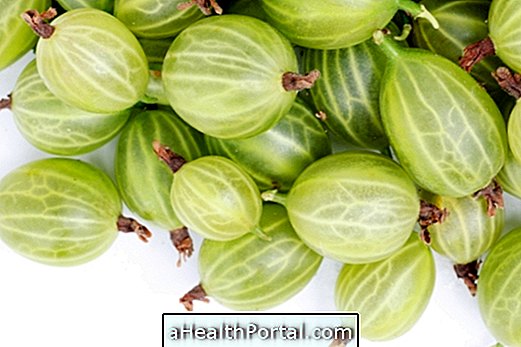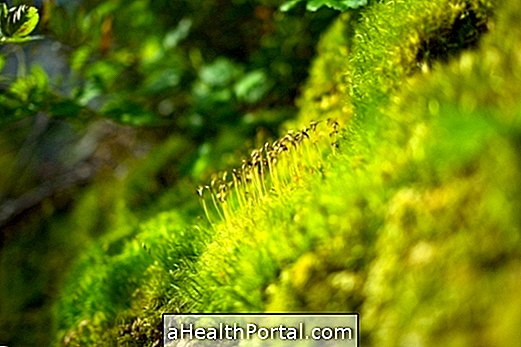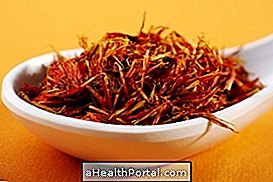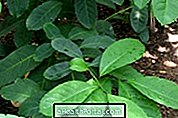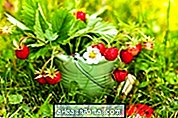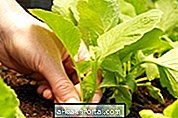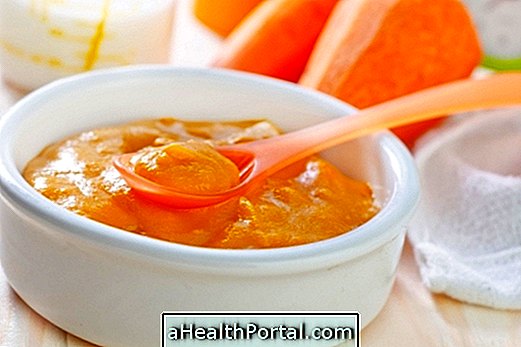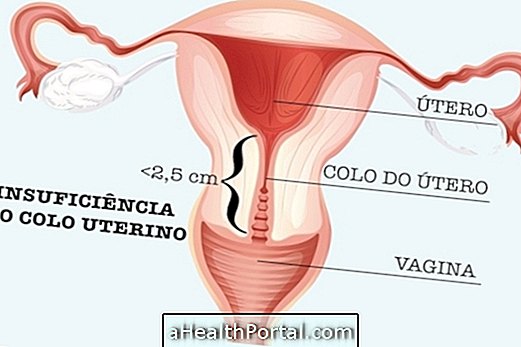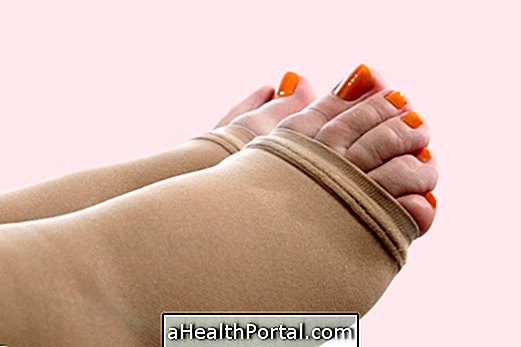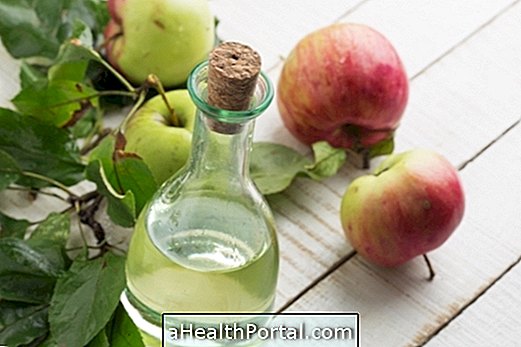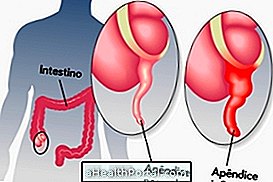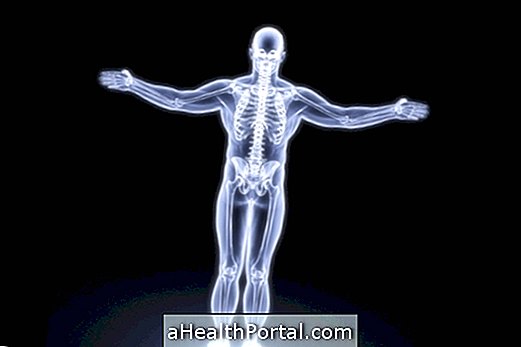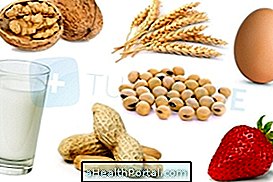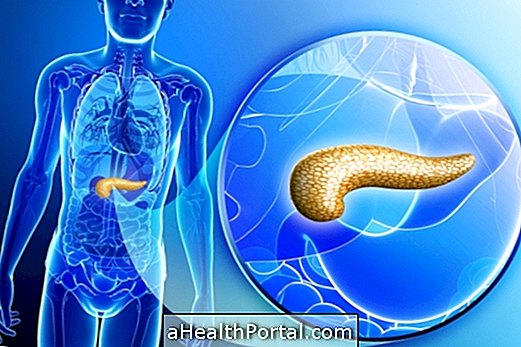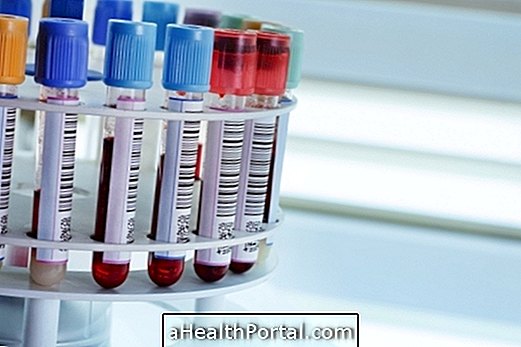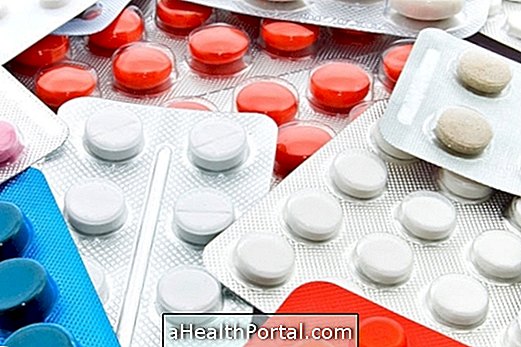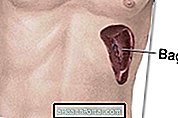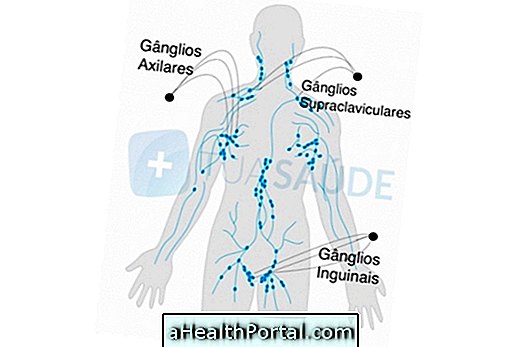Indian chestnut, also known as horse chestnut, is an oleaginous widely used in the treatment of venous insufficiency and varicose veins, but it can also be used to facilitate the treatment of hemorrhoids, for example.
Its scientific name is Aesculus hippocastanum and can be purchased at any pharmacy in the form of capsules, powders, leaves, creams or soaps. In addition, in some supermarkets and free markets it is also possible to buy their leaves to prepare teas and infusions.
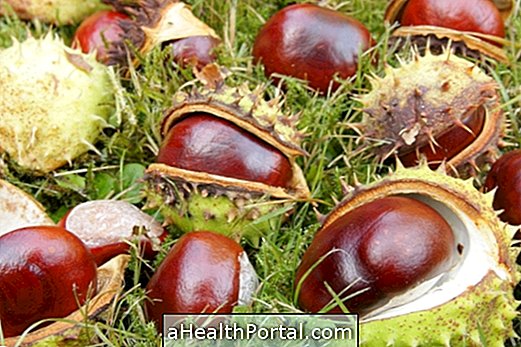
What is it for and how to use it
Indian chestnut is used for poor circulation, varicose veins, menstrual cramps, bloating due to poor circulation, phlebitis, hemorrhoids, dermatitis, eczema, general inflammations on the skin, heavy legs and leg pain. These indications exist because the Indian chestnut has astringent, anti-hemorrhoidal, anti-inflammatory, stimulating, hemostatic, reductive action of capillary permeability, tonic, vasoconstricting, vasoprotective. Here's how to use it:
1. Tea for skin problems and arthritis
Tea made from the leaves of India nuts is a great way to relieve hemorrhoids, skin problems such as dermatitis or eczema, as well as inflammations in joints such as arthritis or arthritis.
Ingredients
- 30 g cashew leaves from India
- 1 liter of boiling water
Method of preparation
Add the chestnut leaves to the boiling water and let stand for about 20 minutes. Then strain and drink 2 to 3 cups of tea a day to treat hemorrhoids.
For skin and arthritis problems, the mixture can be put into clean compresses and applied over the affected site for 15 minutes without rubbing the skin.

2. Dye for poor circulation and varicose veins
The Indian tincture is a great choice for treating poor circulation in the legs, varicose veins and a feeling of heavy legs.
Ingredients
- 5 tablespoons caster powder from India
- 1 bottle of 70% ethyl alcohol
Method of preparation
Put the chestnut powder from India in the alcohol bottle and close it, letting it rest for 2 weeks in a window in the sunlight. At the end of this time, store the mixture in a dark, well-covered glass bottle under the sun. To drink, dilute 5 tablespoons of tincture in 1 liter of filtered water and drink throughout the day.
Indian nuts are also marketed in capsules, which can be purchased at pharmacies, drugstores, drugstores and health food stores, and should be taken as directed by a physician.
When not to consume
The side effects of Indian nuts can include stomach pain, full stomach feeling and redness on the skin. But it should not be used during pregnancy, breastfeeding, by children, and while taking anticoagulant medicines.
Excessive consumption of Indian nuts can lead to itching, weakness, decreased coordination, pupil dilation, vomiting, central nervous system depression, and paralysis, for example.
